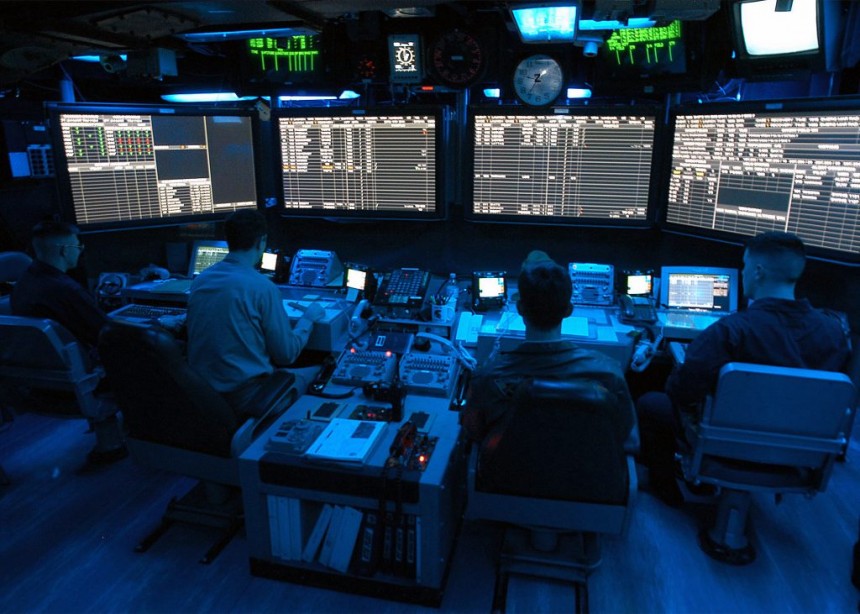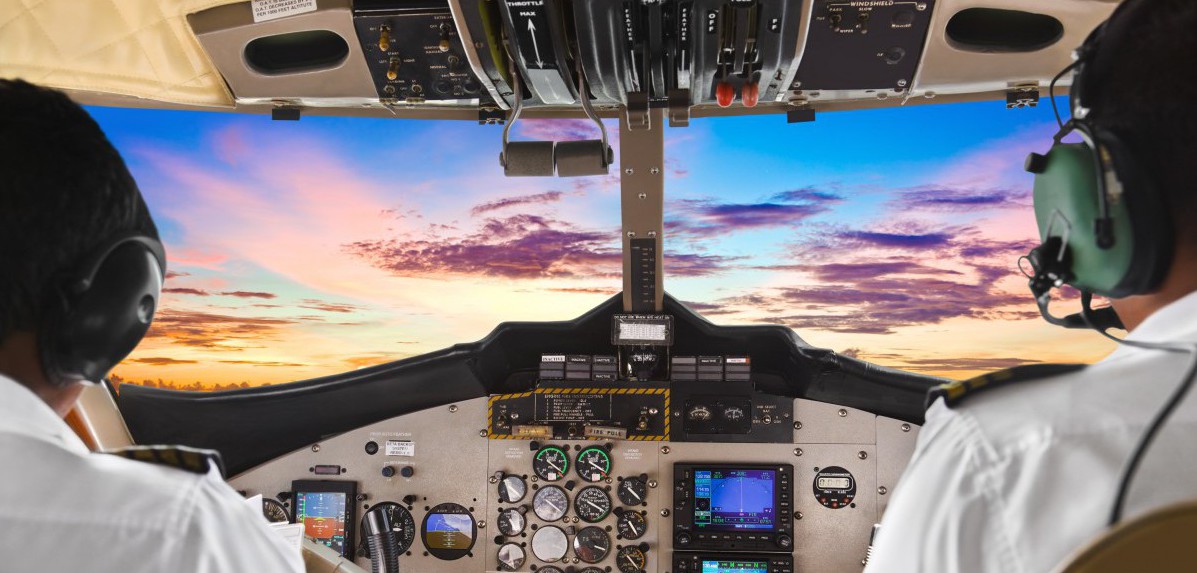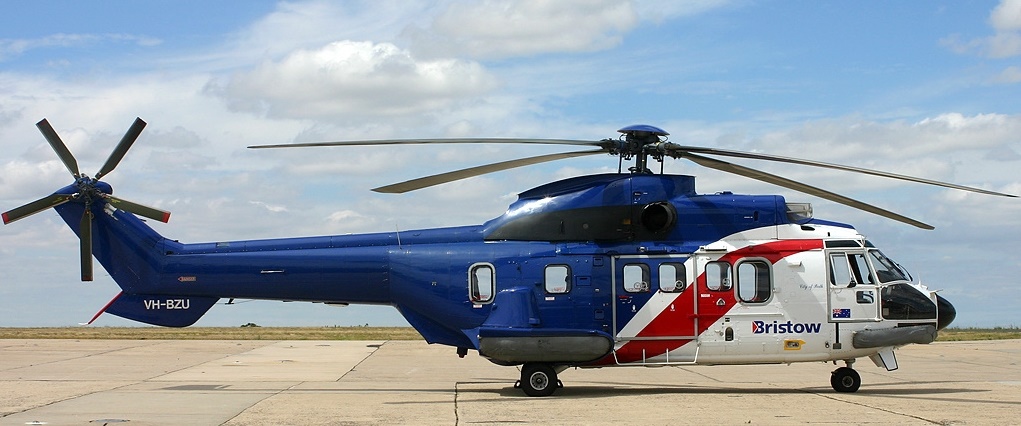What are Aviation Training Systems for Air Traffic Controllers?
Aviation training systems for air Traffic controllers enable air traffic controllers to be current in their position and well qualified as their work is very serious with zero margin for error. The air traffic controller training systems and proficiencies required to become an air traffic control specialist are quite demanding. Furthermore, once a trainee completes their air traffic controller training program and is selected, it doesn’t mean they are guaranteed placement into federal civilian service environment. All entry-level applicants have to complete all required training courses at the FAA Academy in Oklahoma City and acquire (OJT) on-the-job experience before they can become certified professional controllers. Air traffic controllers’ work environment includes number precision instruments so they can complete their daily tasks with accuracy and confidence. So just what are the what are the tools and technologies used by Air Traffic Controllers? Air Traffic Controllers rely on precise training and technology that ensure aviation safety and compliance, which include:
- Aircraft communication systems — Controller pilot datalink communication CPDC systems; High frequency HF radio communications systems; Ultra high frequency UHF radio communication systems; Very high frequency VHF radio communication systems
- Aircraft guidance systems — Automatic direction finder ADF radio systems; Distance measuring equipment DME; Standard terminal automation replacement systems STARS; Wide area augmentation systems WAAS
- Aircraft navigation beacons — Nondirectional radio beacon markers
- Radarbased surveillance systems — Air route surveillance radar ARSR systems; Airport surface detection equipment ASDE systems; Mode S radar systems; Precision runway monitor PRM
- Two way radios — Frequency modulation FM two way radios
Source: U.S. Bureau of Labor Statistics; Onenet Online. Feature Photo: salarieswiki.com














